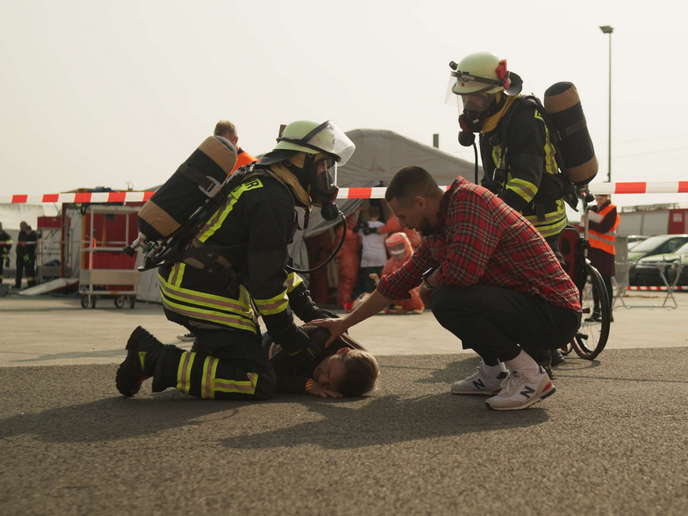Exploring potential of metamaterials in wireless networks
Wireless connectivity forms the backbone of modern society, enabling us to communicate, access information and conduct financial transactions. “Over the past decade, wireless networks have advanced at a remarkable pace,” notes META WIRELESS(opens in new window) project coordinator Stefano Buzzi from the University of Cassino and Southern Lazio(opens in new window) in Italy. “As we move toward the 6G era, connectivity will not simply be about linking people to the internet, but about creating entirely new services that enable innovation, societal well-being and economic growth.”
Future of 6G networks
The META WIRELESS project, which was supported by the Marie Skłodowska-Curie Actions(opens in new window) programme and coordinated by the National Inter-University Consortium for Telecommunications(opens in new window), set out to explore practical applications within the context of future 6G networks. “In the summer of 2019, the field of wireless communications was entering an exciting new phase,” explains Buzzi. “Metamaterials – and especially reconfigurable intelligent surfaces (RISs) – had just begun to be considered as transformative technologies for shaping and controlling the radio environment. We wanted to investigate their potential.” Metamaterials(opens in new window) can be used to coat objects or deployed on the facades of buildings, enabling the customisation of electromagnetic responses of a wireless environment. The project also sought to build capacity by training a new generation of researchers capable of driving this field forward. META WIRELESS recruited 15 talented MSc graduates from around the world and enrolled them in a structured, multidisciplinary PhD programme hosted across leading European institutions. The project was organised around two complementary pillars: technical research objectives and dedicated training objectives. On the research side, the focus was on exploring the potential of RISs and metamaterials in wireless networks. The training programme included workshops on research integrity, scientific writing, patent drafting and entrepreneurship.
Delivering benefits with RIS technology
A key success of the project has been the development of an open-source simulator(opens in new window) for RIS-empowered wireless systems, providing the research community with a common platform to test and compare new ideas. Theoretical foundations for RISs were also built by creating more refined mathematical models. Hardware prototypes were developed, bridging the gap between models and practice. “As the project progressed, the research field itself evolved rapidly,” says Buzzi. “Today, attention has shifted towards advanced RIS architectures, such as beyond-diagonal RISs, stacked intelligent metasurfaces, and active RISs. These concepts had not been foreseen when we first drafted the proposal in 2019, but were investigated extensively.” Equally important has been the identification of relevant use cases where RIS technology can deliver clear benefits. “Two promising directions stand out,” adds Buzzi. “The first is the use of RISs in wide indoor scenarios, such as airports, shopping malls or industrial plants, where they can extend coverage and improve connectivity without the need for extensive infrastructure upgrades. The second is their integration into antenna systems to create advanced hybrid architectures.”
Driving research interest in RISs
The META WIRELESS project has been critical in driving research interest in this field. “Since the launch of the project, research on RISs has grown exponentially,” says Buzzi. “META WIRELESS helped lead this wave.” Equally significant, Buzzi believes, has been the human legacy. The young researchers involved are now working either in industry or in academia as postdoctoral researchers, with the majority remaining in Europe. “Several beneficiaries have partnered again in follow-up initiatives, which include the INTEGRATE and ISLANDS projects,” adds Buzzi. “This integration of talent and fostering of long-term human connections may be the project’s most enduring achievement.”







